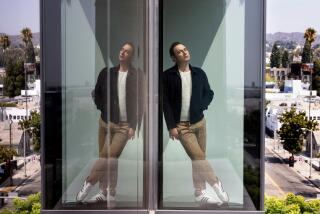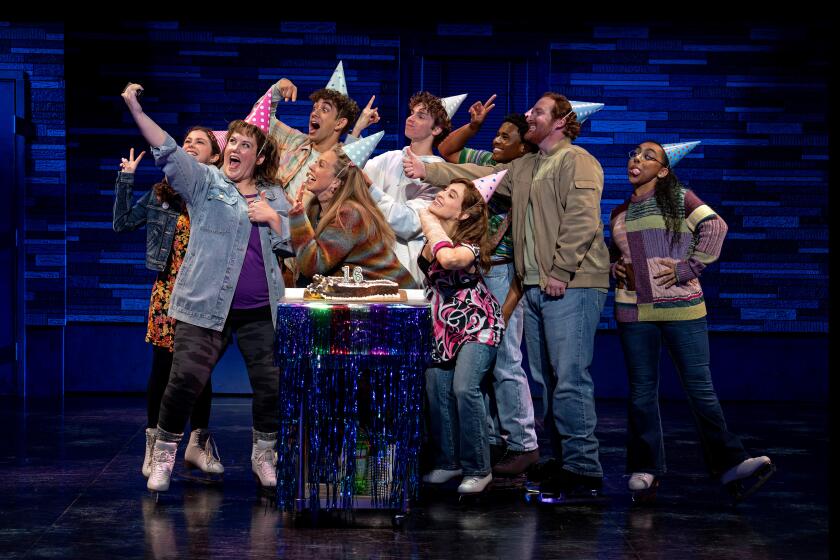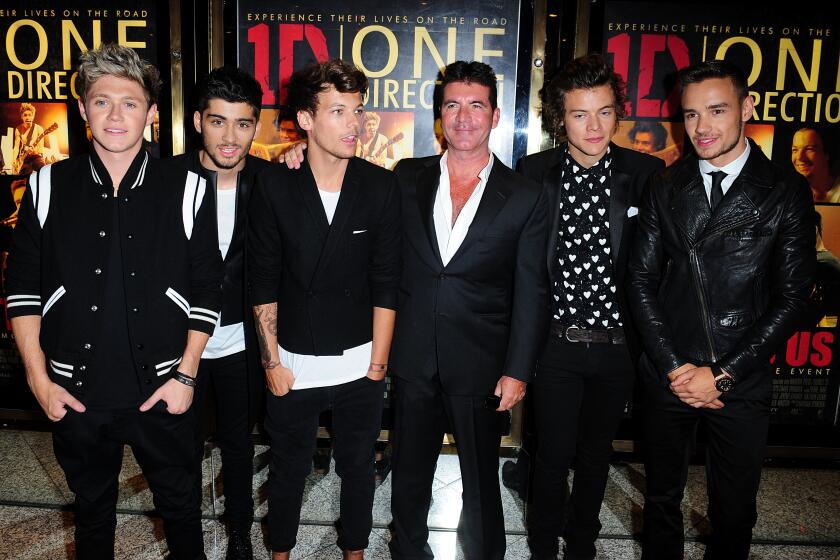At the Bowl, a summer night’s luminescence
Three cheers for the giant video screens at the Hollywood Bowl. Those of us who had long admired San Francisco-based Baroque orchestra conductor Nicholas McGegan for his infectious, enthusiastic music-making got a chance Thursday to see him from the orchestra’s point of view. We had no idea what we were missing.
His impish smiles, broad-faced delight in the music and the Los Angeles Philharmonic musicians, wide-eyed “wait till you see what’s coming” looks, rugged punches on syncopated beats -- all quickly locked the Bowl audience into something often missing in concerts there and at other venues. Music is a pleasure. It lightens the spirit. It is supreme fun.
Even when it turns dark, as it did in the slow movement of C.P.E. Bach’s Cello Concerto in A, the middle work on the three-part program, music ought never to be drudgery.
With lilt, joy and energy, McGegan led an appropriately small-sized Philharmonic in Haydn’s “Surprise” Symphony, the Bach concerto and Handel’s “Music for the Royal Fireworks.” Handel’s familiar suite ended in an impressive but suitably smaller-scaled display of pyrotechnics than the Bowl’s gangbuster July Fourth celebrations.
The projection screens also allowed close-up appreciation of the artistry and expressivity of soloist Peter Stumpf, the Philharmonic’s principal cellist. The concerto by the little-heard C.P.E. Bach -- the third of J.S.’s sons and one of those figures readily pigeonholed as “transitional” -- has one foot in the Baroque era (first movement), one foot in the early Romantic period (second) and its head in the experimental God-knows-where (third).
Stumpf made it a joy to discover, with buoyant, nimble rhythms in the outer movements and heartfelt emotion in the unexpectedly personal slow movement. He played a borrowed 1732 Matteo Gofriller instrument; the Philharmonic-owned Stradivarius that was stolen and damaged in April is still being repaired.
The other Philharmonic musicians performed with spirit. The amplification system balanced sound adroitly and eliminated many but not all of the echoes on cadences. But it was those screens that let the audience share in a new way McGegan’s larger-than-life love of music.
More to Read
The biggest entertainment stories
Get our big stories about Hollywood, film, television, music, arts, culture and more right in your inbox as soon as they publish.
You may occasionally receive promotional content from the Los Angeles Times.










